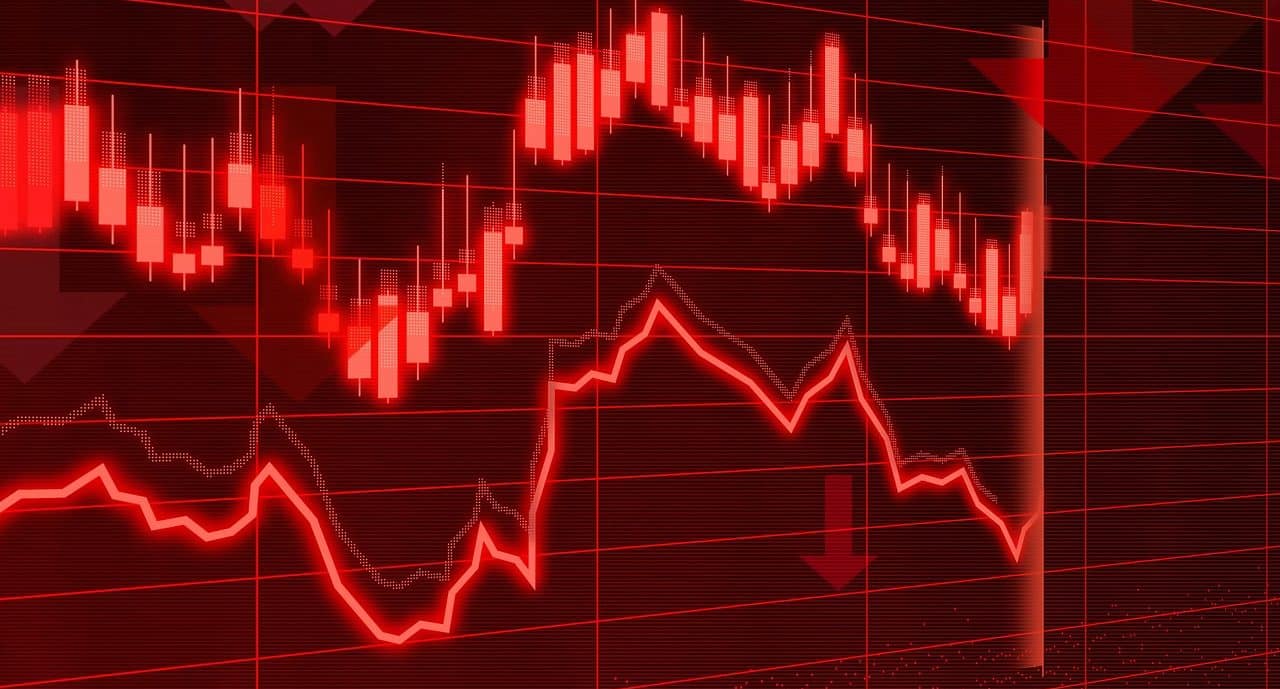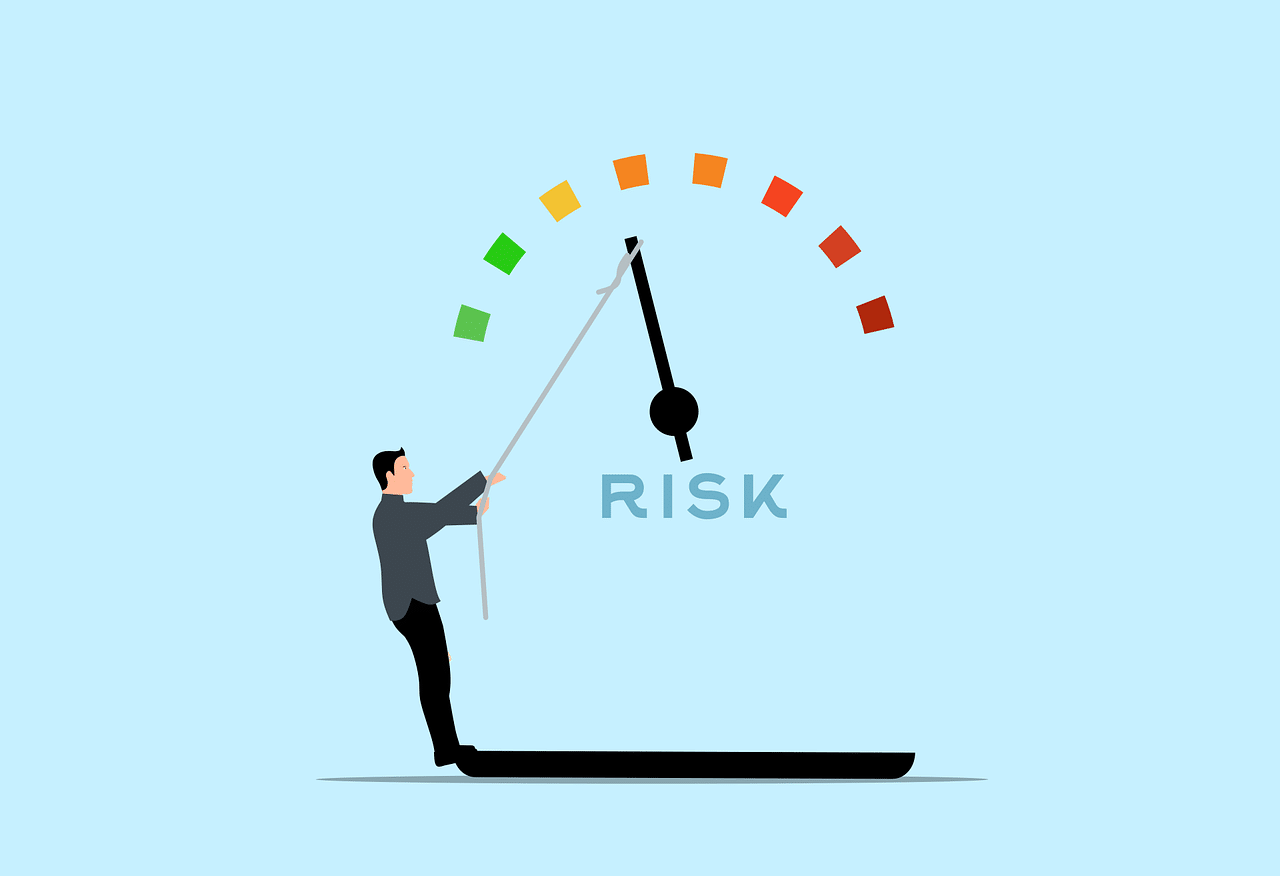
A risk analysis can contribute to the development of a disaster recovery plan.
Risk analysis is a process carried out to detect threats and possible harm that may affect something . The concept is linked to the set of techniques and methodologies that allow the relevant evaluation to be carried out.
It should be noted that an analysis is a detailed examination that seeks to generate knowledge about a phenomenon or an element. Risks , meanwhile, are potentially harmful contingencies.
What is risk analysis
Risk analysis is what is carried out with the intention of discovering what events or situations could harmfully affect the operation of a company, the development of an activity, the conditions of an environment, etc. In this way, it is possible to take preventive measures and develop a contingency plan in case the negative impact finally occurs.
It is important to indicate that risk analysis does not prevent damage from occurring. However, it is a useful tool so that problems can be managed correctly, minimizing losses.
Risk analysis may consist of an internal control or an external audit . Identifying risks requires going beyond ensuring regulatory compliance to revealing what could prevent the maintenance of the state that is considered normal or acceptable.
Different tools
A risk analysis can be carried out using different tools. These instruments are very varied, since risk management depends on the context.
The SWOT analysis (strengths, weaknesses, opportunities, threats) or SWOT analysis (weaknesses, threats, strengths, opportunities) is a common resource. This approach examines both one's own characteristics (strengths and weaknesses) and the external outlook (opportunities and threats), creating a square matrix.
A SWOT or SWOT analysis is considered to help understand the current situation of a project, individual or entity to design a future strategy. Risks, in this framework, can be associated with weaknesses and threats.
It should be noted that, before the SWOT analysis or in parallel, a PESTEL analysis (political, economic, social, technological, environmental, legal) can be developed. The aim is to study factors such as government stability , inflation , consumer habits, technological innovation, the environmental scenario and legal regulations to optimize strategic planning.
The What If analysis , meanwhile, is mentioned as a valid instrument in a first stage of risk analysis. It consists of working in teams to brainstorm ideas ( brainstorming ) and generate questions around “what if…” ( what if ). Thus, it is possible to move forward with the determination of threats by investigating "what would happen if the power supply was cut off" , "what would happen if a certain machine failed" , etc.

Once the analysis is carried out, we proceed to risk mitigation.
Environmental risk analysis
Environmental risk analysis focuses on situations where a community or place is threatened by factors related to the environment. In these cases, what is natural is usually combined with economic and social vulnerability, dealing with structural problems.
Each environmental risk can be analyzed from physicalism (considering possible disasters as inevitable events isolated from the context of society) or through a social approach (linking events with the human). On the other hand, we must remember that the risk of natural disasters sometimes arises due to geological phenomena or climatic reasons, while in other cases the risk is anthropic (caused by human activities).
It must be taken into account, however, that climate risk can also be attributed to man. Industries that emit greenhouse gases contribute to global warming, thereby increasing the risk of climate change.

Cybersecurity risk analysis is important in the business environment.
International conflicts
In the field of international politics, risk analysis is a frequent action, both for leaders and diplomats and for experts who study the subject.
One can speak, in this framework, of a risk of war and conflict . This can be noted by statements by country leaders or by the development of military exercises, to name two possibilities.
Before the war, there may first be a risk of breaking diplomatic relations . If this rupture materializes and the escalation of violence continues, belligerence is likely to break out.
In recent decades, battles were not always between armies, but rather terrorist groups often intervened. For religious or symbolic reasons, the risk of terrorism is higher in some nations, which are forced to strengthen their security as much as possible.
Country risk analysis
Country risk is an indicator that is prepared by analyzing various economic, political, social and legal factors of a country. What this index reflects is the risk of lending money to the government of a nation or to private companies in that country, from which the interest rate is established.
It can be indicated that the greater the country risk, the greater the probability that the debtor will not comply with its obligations. Investors, therefore, analyze the country risk before making a decision about their funds.
